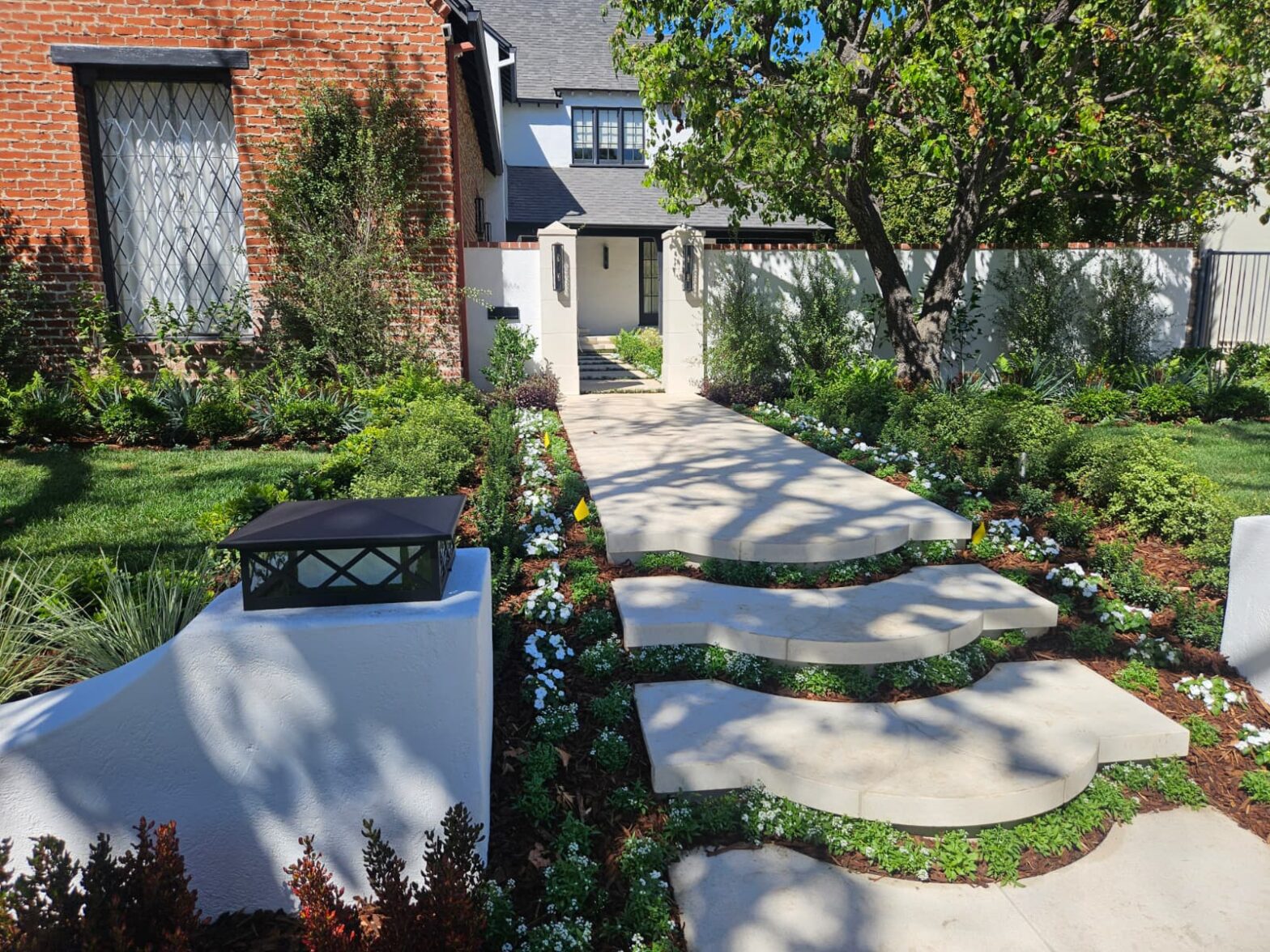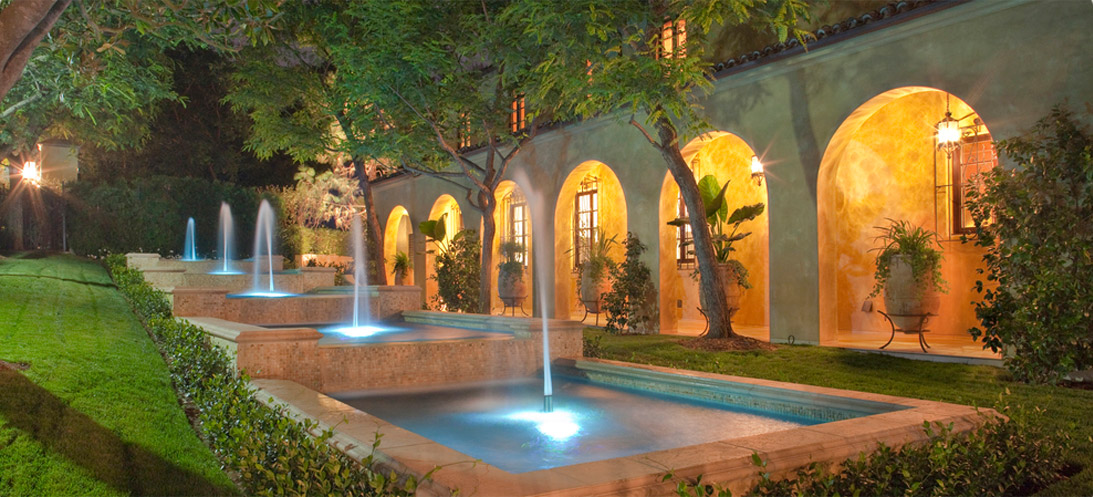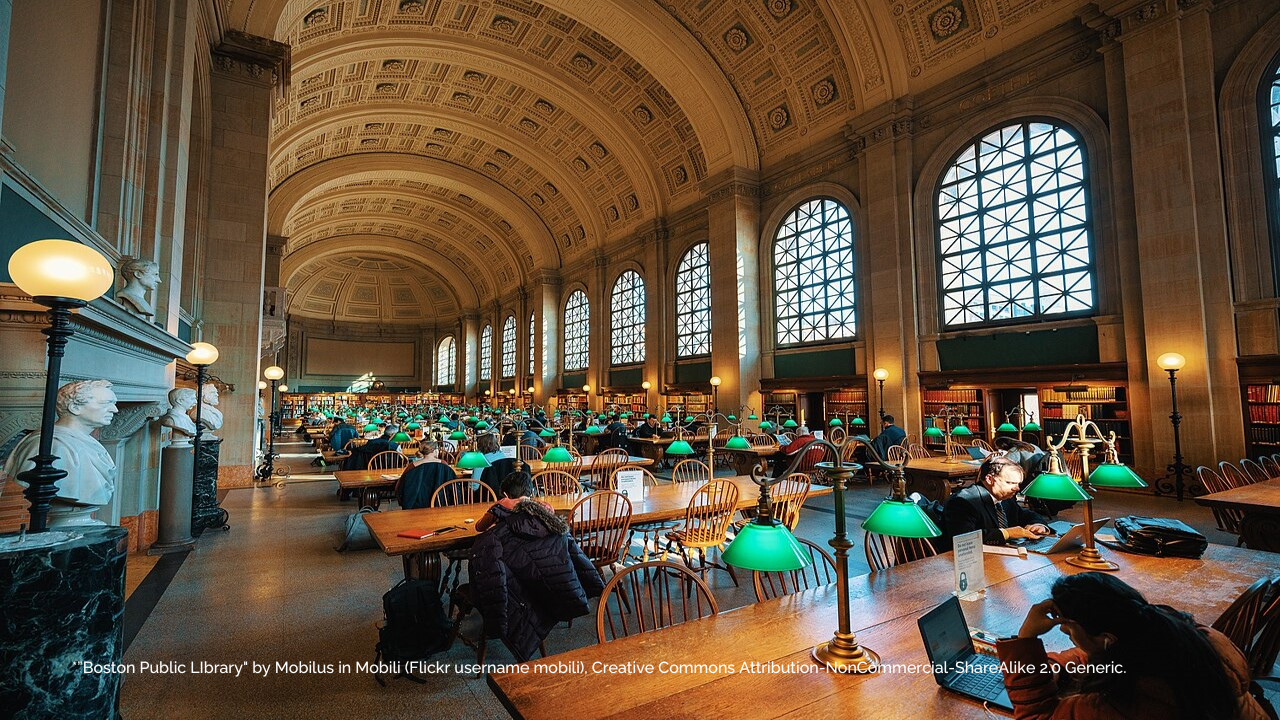
Lighting is more than just illumination; it is a powerful architectural element that shapes perception, enhances beauty, and evokes emotion. Throughout history, architectural masters such as John Staub, Charles McKim, and Paul Williams, have used lighting as a transformative tool. By examining their philosophies, today’s architects and designers can craft innovative lighting solutions that seamlessly blend tradition and modernity.
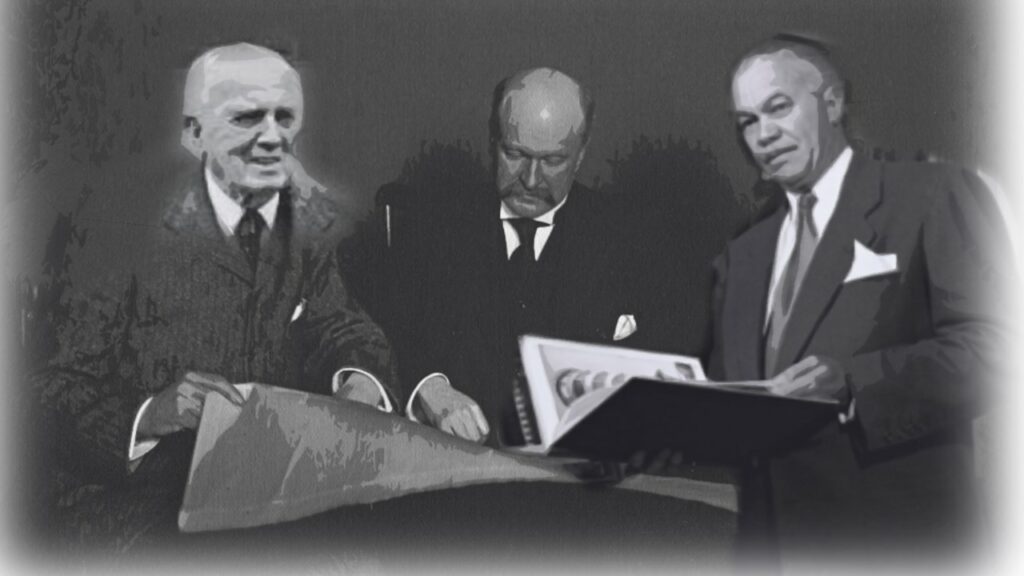
The Masters’ Influence on Contemporary Lighting Design
John Staub, renowned for his elegant residential designs, believed in harmonizing lighting with architectural form. His homes in River Oaks, Houston, utilized wrought iron railings, intricate balcony details, and custom gates that not only served structural functions but also created interplay with natural and artificial light. His approach teaches today’s designers to use lighting as an extension of architecture rather than a separate entity.
The iconic firm McKim, Mead & White, on the other hand, meticulously integrated lighting into their designs, emphasizing classical grandeur. Their work on the Boston Public Library, in collaboration with artisans like J. & R. Lamb Studios, showcased the importance of handcrafted lighting fixtures that complement architectural styles. This principle underscores the need for custom-designed lighting that enhances historical and modern spaces alike.
Consider a pioneer of mid-century elegance, Paul Williams seamlessly integrated lighting into his designs to accentuate curves, define spaces, and highlight materials. His work, including projects in Beverly Hills and Los Angeles, emphasized lighting’s role in creating warmth and intimacy, particularly through metal fixtures and decorative elements. His philosophy reminds us that lighting should not overpower but rather highlight the nuances of a space.
Lessons for Today’s Designers
Respecting historical context is crucial in lighting design, as understanding the materials and techniques of the past allows designers to create lighting that complements traditional architecture. At the same time, balancing function and aesthetics remains essential. Lighting should not only be visually pleasing but also serve a practical purpose, enhancing usability while maintaining beauty.
The integration of lighting with materials plays a significant role in achieving cohesion within a space. Just as Staub utilized ironwork and Williams paid close attention to detailing, modern designers should ensure that lighting interacts harmoniously with textures and finishes. Moreover, lighting should be considered beyond just its fixtures. It is about the atmosphere it creates, the way it highlights architectural elements, and the ambiance it fosters within a space. By carefully considering these elements, designers can craft lighting solutions that both respect tradition and embrace innovation.
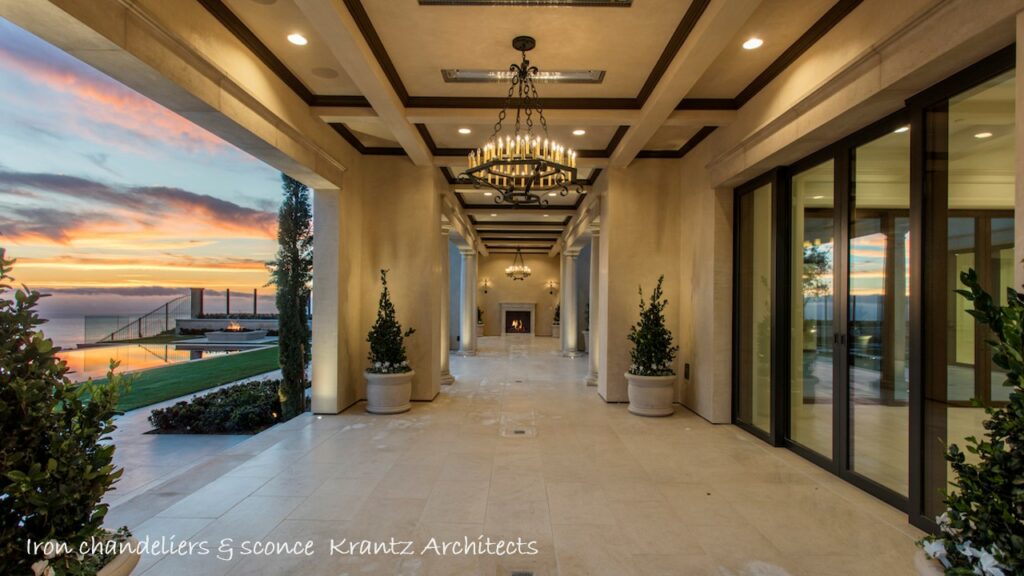
Bridging the Past and Present in Lighting Design
The evolution of lighting design continues to be informed by the works of great architects. By embracing their philosophies and applying them to modern practices, we can ensure that contemporary architecture retains a sense of depth, craftsmanship, and innovation. Whether working on historic restorations or cutting-edge designs, today’s designers must consider lighting as an essential, narrative-driven aspect of architecture.
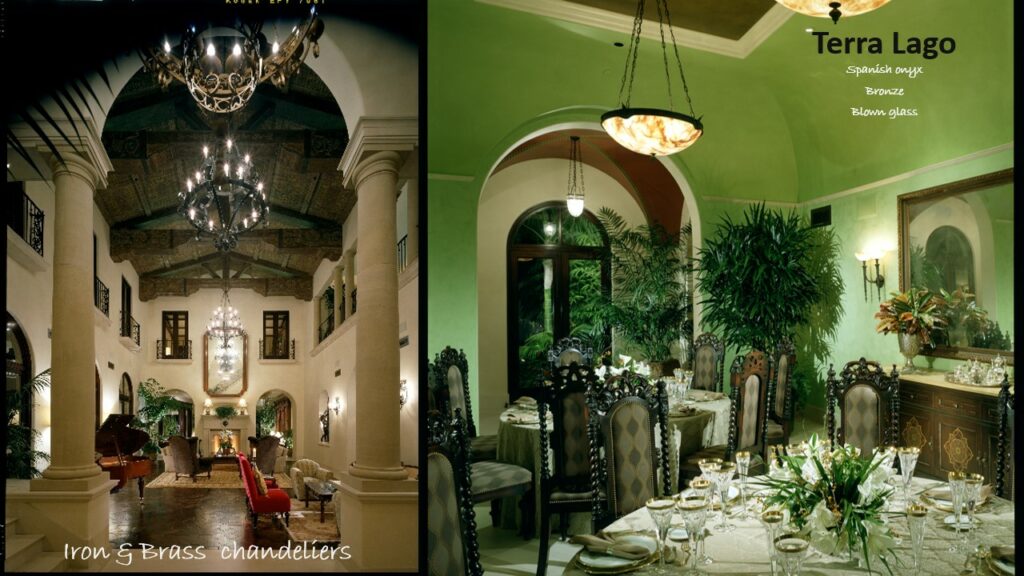
Learn More with Gerald Olesker’s full lecture at ICAA
To dive deeper into how historical architectural philosophies continue to shape contemporary lighting and design, watch Gerald Olesker’s full lecture at Institute of Classical Architecture and Art here and follow us on Instagram (@adg_lights) for more insights into the artistry of architectural lighting.



